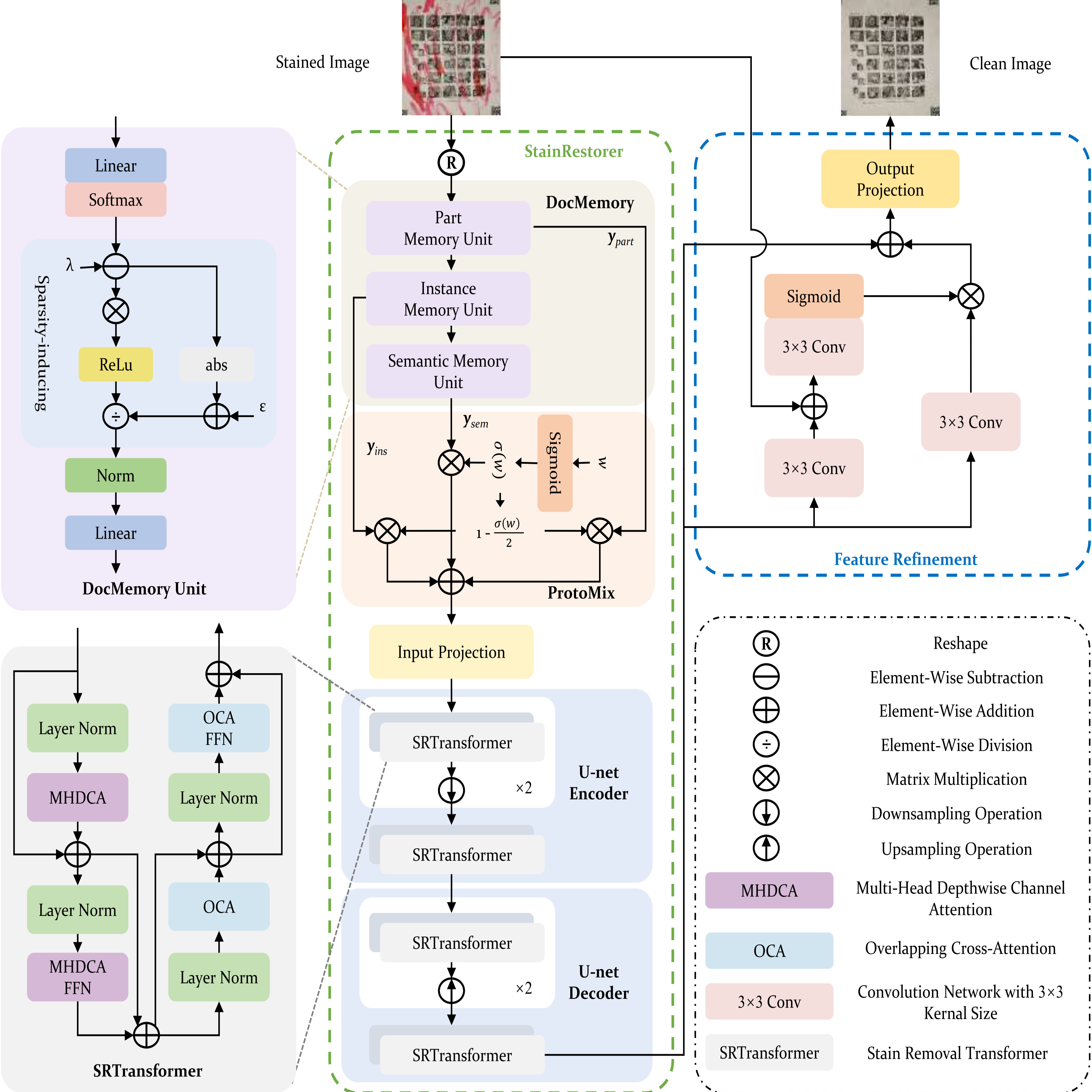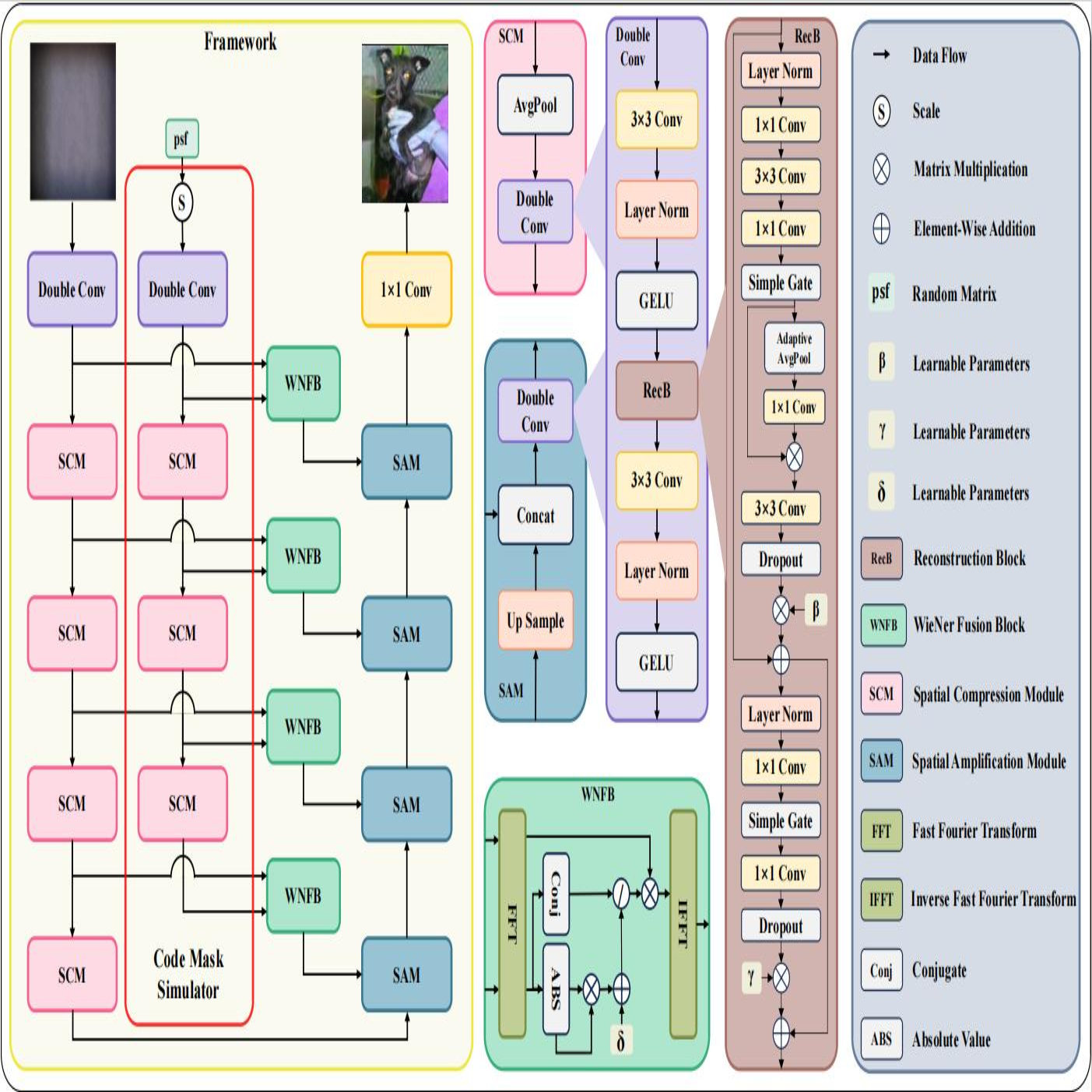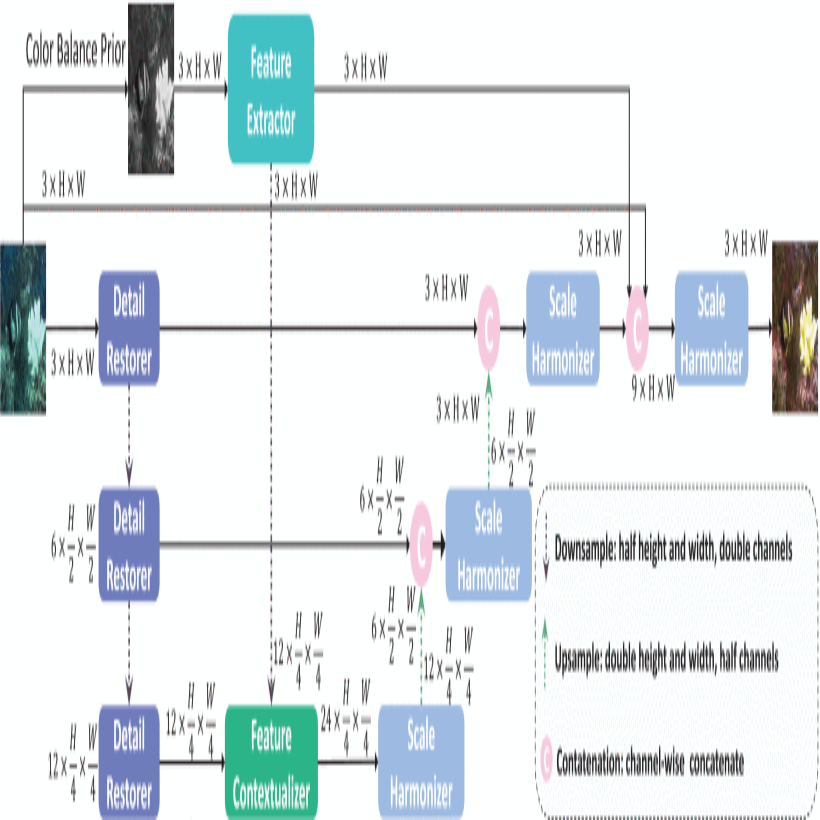Xuhang Chen
Lecturer at Huizhou University
Research Scientist at Glorious Sun Group

xuhangc at hzu.edu.cn
Huizhou, Guangdong, China
I am currently a lecturer at the School of Computer Science and Engineering, Huizhou University. I also work part-time as a research scientist at Glorious Sun Group.
Previously, I obtained my Ph.D. degree in Computer Science at University of Macau (UM) and the Shenzhen Institutes of Advanced Technology (SIAT), Chinese Academy of Sciences, under the supervision of Prof. Chi-Man Pun and Prof. Shuqiang Wang in 2025. Before that, I received the M.Eng. degree in Electrical Engineering and the M.Sc. degree in Computer and Information Technology from the University of Pennsylvania (UPenn), Philadelphia, USA, in 2019, and the B.Sc. degree in Electronic Information Science and Technology from the Sun Yat-Sen University (SYSU), Guangzhou, China, in 2016 and B.Eng. degree in Electronic Engineering from the Chinese University of Hong Kong (CUHK), Hong Kong, China, in 2016.
Research Interests
- Computational Imaging
- Biomedical Data Processing
- General Computer Vision and Multimodal Modelling


